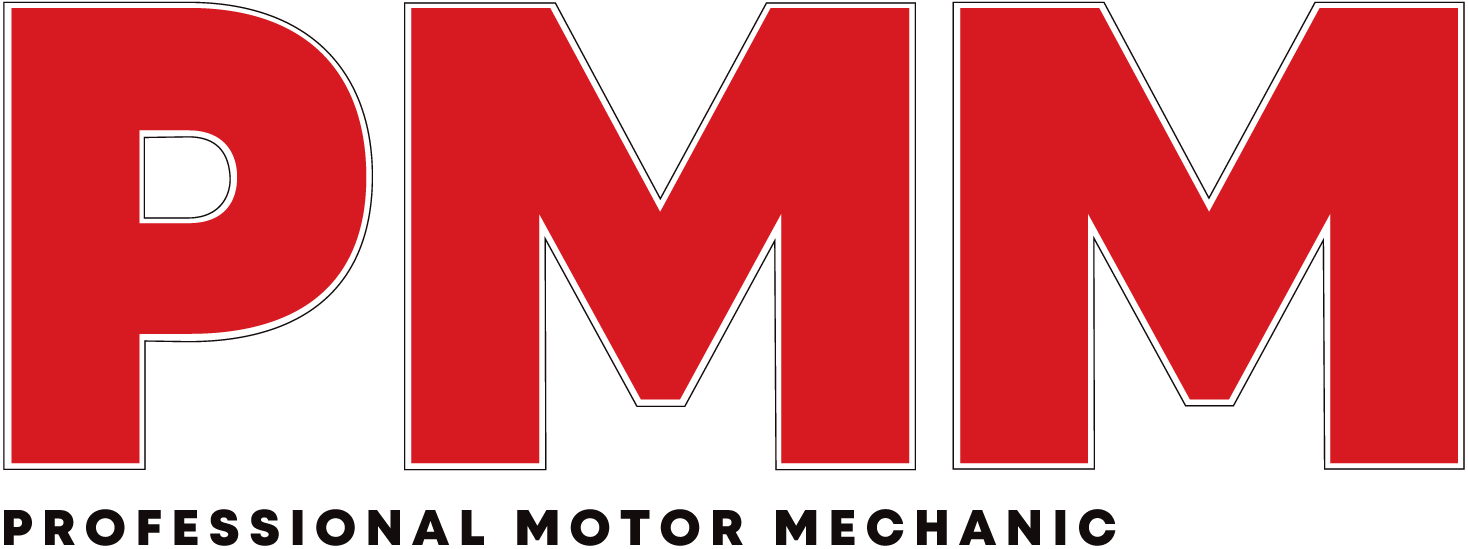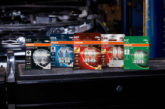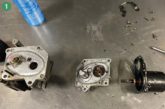
David Valentyne, aftermarket sales manager and Tom Hyde, technical manager at TotalEnergies, explore the difference in engine oil specifications between OEM approved and “recommended for”.
Engine lubricants are a critical engineering component for modern vehicles, essential for reliability, performance and longevity.
With engines becoming more compact, turbocharged and built to comply with complex emissions regulations, the demand for high-performance lubricants has never been greater. OEM approved products remain the optimum solution, bringing peace of mind to mechanics and drivers.
TotalEnergies markets motor oil for passenger cars under the Quartz range that is the result of over 70 years of R&D, developed in close collaboration with OEMs. TotalEnergies is not just a supplier; it is a development partner for many automakers, co-engineering lubricants during engine design. The result is a range of lubricants with more than 160 OEM approvals, proven performance in the lab and on the road, lower total cost of ownership, reduced environmental impact and, ultimately, products which workshops and vehicle owners can have trust and confidence in.
However, there is still some confusion and scepticism regarding OEM approvals in the market more generally. With mounting economic pressures, workshops are uncertain about value for money.

The lubricant landscape
Historically, there were just two pieces of information which mattered when it came to selecting the right engine oil. Firstly (and most importantly), its viscosity and, secondly, whether it was synthetic or not.
Then came bodies like ACEA (European Automobile Manufacturers’ Association – representing 15 major OEMs), API (The American Petroleum Institute) and ILSAC (International Lubricant Standardisation and Approval Committee, mainly representing North American manufacturers and the Japan Automobile Manufacturers Association).
These organisations specify, and regularly update, the range of lubricant sequences which they have verified – providing a degree of uniformity across the industry.
All engine oil sold in Europe must have ACEA verification.
As of 2025, the ACEA defines 9 sequences across A (petrol), B (Diesel) and C (Low- Mid SAPS, suitable for new vehicles with Gasoline/Diesel Particulate Filters and threeway catalytic converters) categories. This includes the C7 category which was introduced in September 2023. The ACEA regularly updates its specifications, with older specs phased out and therefore not marketable. From 1st August 2025, only lubricants meeting the 2023 ACEA specification list may be marketed.
This provides a baseline level of quality assurance and the minimum standard demanded by ACEA member OEMs – but many OEMs have requirements over and above this baseline.
In this context, choosing a lubricant that is OEM approved can be a shortcut through the lubricant labyrinth.

A mark of trust
The VLS outlines two main types of performance and OEM compatibility claim which are regularly made by lubricant manufacturers:
- Approved. Signalling that the product has passed the stringent requirements, testing and auditing of the OEM in question.
- “Recommended for”, “Suitable for use” or “Meets the requirements of”. According to the VLS, these terms indicate that the marketer is making an “informed, professional judgement based on supporting technical evidence as to the suitability of a given lubricant to a stated application.”
Unlike a “meets requirements of” or “recommended for” oil, whose performance claims rest on the manufacturer’s own testing and self‑certification, an OEM‑approved lubricant has been formally submitted to the vehicle maker, passed a full slate of proprietary engine and laboratory tests, and been issued an approval code that is traceable back to that specific formulation and production plant.
The OEM process typically demands more rigorous deposit, wear, oxidation and after‑treatment compatibility tests than the baseline ACEA/API sequences, and the lubricant manufacturer’s blending facility is subject to periodic audits.
For workshops and fleet operators, the practical upshot of buying “OEM approved” is tighter quality assurance, clear evidence to support warranty or goodwill claims, and confidence that long‑drain and low‑viscosity targets will be achieved under real‑world conditions. Choosing the right engine oil is not just about viscosity – it’s about chemistry, compatibility, and compliance. Trust in the lubricant manufacturer is essential.









